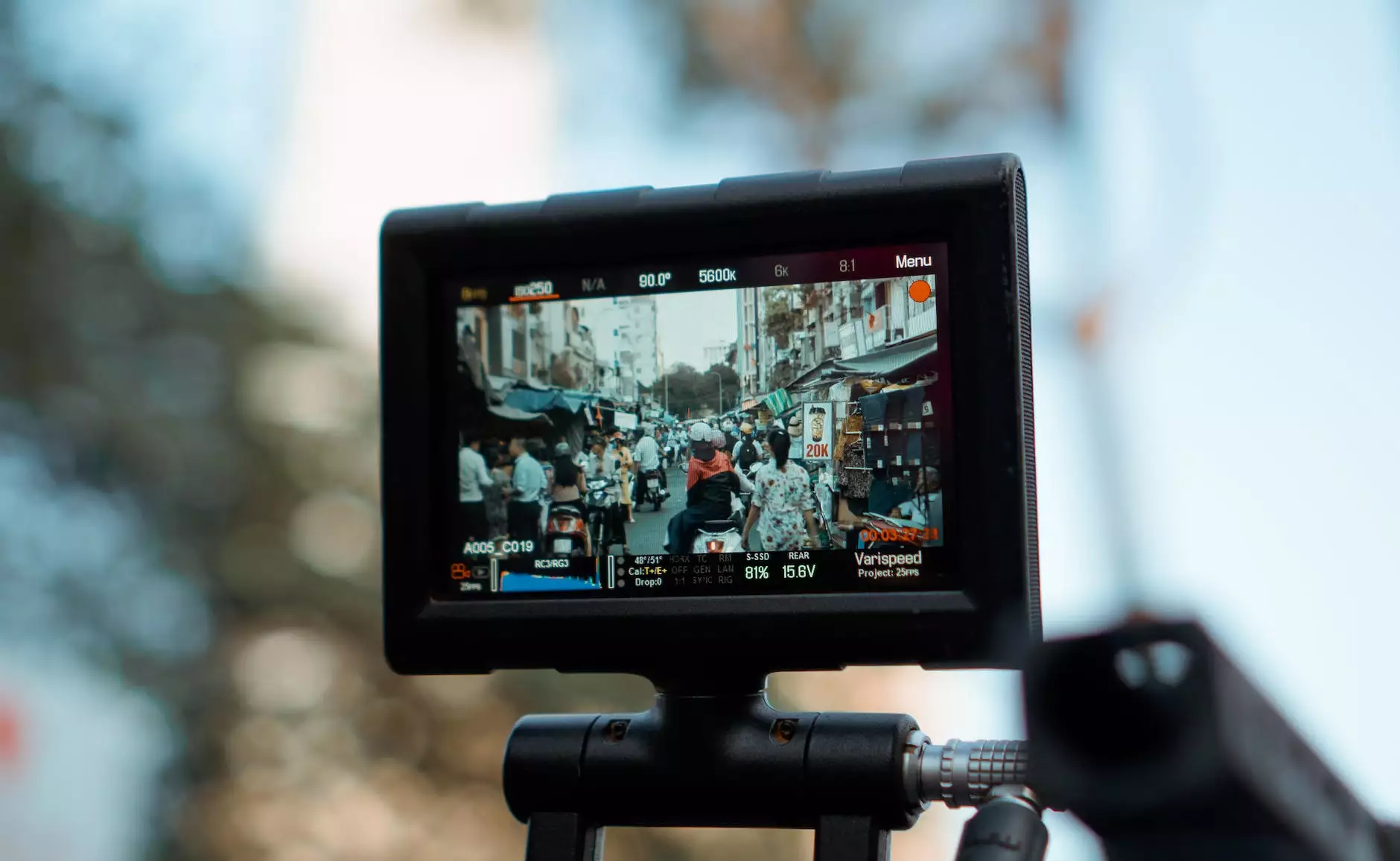Understanding Videographer Rate Cards: A Comprehensive Guide

In today’s fast-paced digital world, videography has become an essential element in numerous industries, particularly in wedding planning, corporate events, and session photography. As more businesses realize the power of video, understanding how to navigate the videographer rate card is crucial. In this guide, we will delve deep into what a videographer rate card entails, the factors that influence pricing, and how to choose the right videographer for your needs.
What is a Videographer Rate Card?
A videographer rate card is essentially a pricing sheet that outlines the costs associated with various videography services. It provides potential clients with a clear understanding of what to expect in terms of costs for different types of projects, which can range from corporate videos to wedding films. The rate card can vary significantly among videographers based on their experience, equipment, and the complexity of the project. Here are some common elements you might find on a typical videographer rate card:
- Hourly Rates: Many videographers charge by the hour. Rates can vary widely based on experience and market demand.
- Project-Based Pricing: This includes rates for specific types of projects, such as weddings, events, or promotional videos.
- Editing Fees: Post-production editing is a crucial part of videography. These fees can be listed separately on the rate card.
- Travel Costs: If the videographer needs to travel for a shoot, these expenses will often be included or listed separately.
- Additional Services: Services like drone photography, special lighting setups, and additional crew members can also affect the overall cost.
Factors Influencing Videographer Rates
The rates on a videographer rate card can be influenced by various factors, including:
1. Experience and Skill Level
As with any profession, more experienced videographers typically charge higher rates. Their expertise often translates into better quality work, saving clients time and ensuring their vision is realized efficiently.
2. Equipment Quality
The type of equipment used can significantly affect pricing. Professional-grade cameras, lenses, and sound equipment require substantial investment, and this cost is reflected in the videographer's rates.
3. Project Scope and Duration
The size and complexity of the project are critical. A straightforward wedding shoot may not be as costly as a multi-day corporate event that requires multiple videographers. Detailed planning and execution typically warrant higher fees.
4. Editing and Production Requirements
Post-production is where much of the videographer's work happens. The amount of editing required, including graphics, effects, and sound, can add significantly to the overall cost.
5. Location
Rates can fluctuate based on geographic location. In urban areas or regions with a high cost of living, you can expect to pay more for videography services than in rural areas.
How to Read a Videographer Rate Card
Understanding how to navigate a videographer rate card is essential for effective planning. Here are some tips to help you decipher the information:
- Breakdown of Services: Look for a clear breakdown of what services are included in the pricing. This transparency helps avoid unexpected costs later.
- Package Deals: Many videographers offer packages that include several services at a reduced rate. Review these to find the best value.
- Contact for Custom Quotes: If the rate card isn’t clear or does not fit your project perfectly, don’t hesitate to reach out to the videographer for a tailored quote.
Choosing the Right Videographer for Your Needs
Once you understand the videographer rate card and what influences pricing, the next step is selecting the right videographer for your project. Here are some strategies to consider:
1. Evaluate Their Portfolio
Always ask to see their portfolio or previous work. This will give you insight into their style and the quality of their product. Look for consistency in their work to ensure they can deliver on your vision.
2. Read Reviews and Testimonials
Check online reviews and ask for testimonials from past clients. Positive feedback is a good indicator of reliability and satisfaction.
3. Discuss Your Vision
Communicate your vision and needs clearly. A good videographer will be receptive to your ideas and provide input on how to enhance them. Their responsiveness is a key indicator of their customer service.
4. Compare Multiple Rate Cards
Don’t settle for the first videographer you find. Compare multiple rate cards and services offered to ensure you are getting the best value.
5. Ask About Insurance and Contracts
Professional videographers should have liability insurance and provide a contract that outlines all terms, coverage, and expectations to protect both parties. This document is essential for clarity and professionalism.
Common Videography Packages
1. Wedding Videography Packages
Wedding videography packages often include:
- Full Day Coverage: Typically includes everything from the pre-ceremony preparations to the reception.
- Highlights Reel: A short, edited video capturing the best moments from the day.
- Full-Length Edit: A complete edited version of the ceremony and reception, often with more intimate moments included.
2. Corporate Videography Packages
For corporate clients, packages may include:
- Promotional Videos: To showcase products or services.
- Event Coverage: Documenting conferences, workshops, and other corporate events.
- Training Videos: These are tailored for internal use, focusing on employee training and onboarding processes.
3. Session Photography and Videography Packages
These packages integrate traditional photography and innovative videography, suitable for:
- Family Portraits: Combining still images and video captures of family interactions.
- Engagement Sessions: A pre-wedding video and photography session to celebrate the couple’s journey.
Conclusion
Understanding a videographer rate card is essential for both clients and videographers. As a client, knowing what to look for, the factors influencing prices, and how to decipher the rate card will help you make informed decisions. For videographers, having a clear and competitive rate card can streamline client interactions and pave the way for successful collaborations.
When it comes to hiring a videographer, being informed allows you to balance quality and cost effectively. As you embark on your search, remember that the right videographer can transform your vision into a stunning visual story that you will cherish for years to come.



